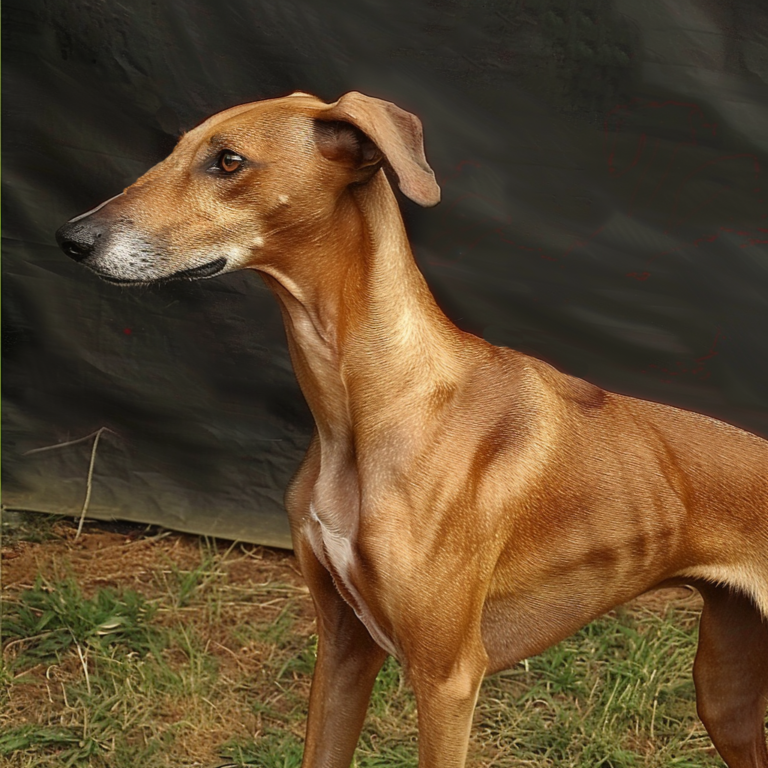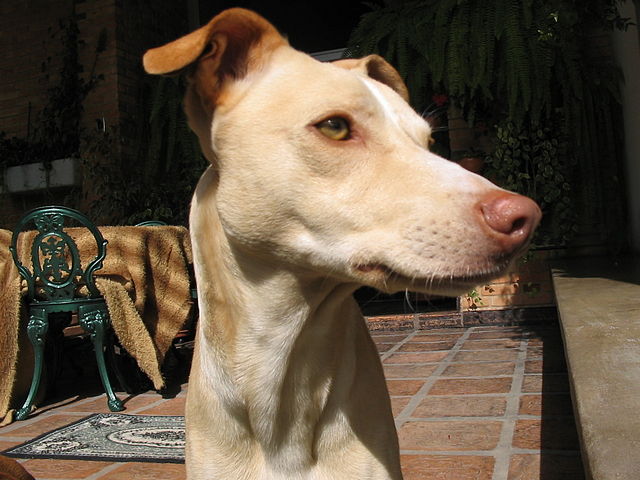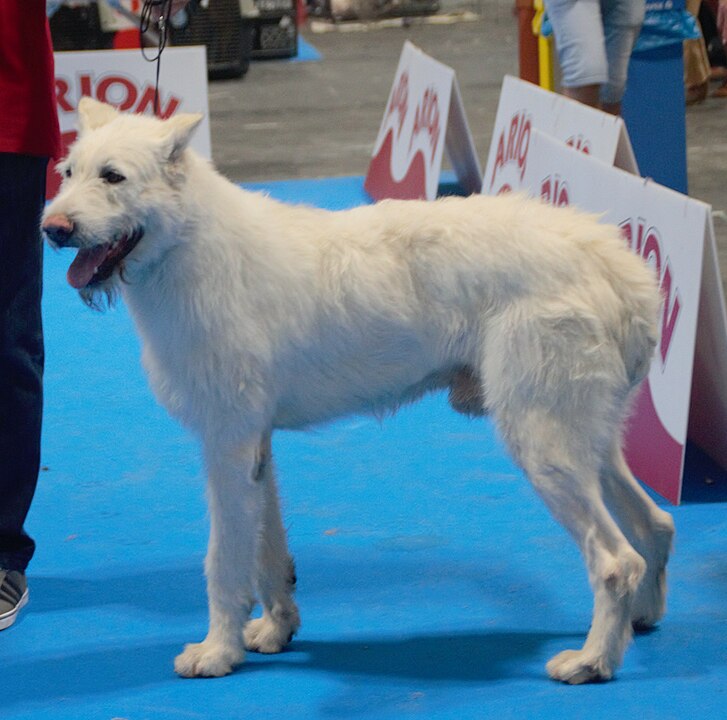The Pashmi is an ancient Indian breed which is closely related to the Saluki and the Tazi. The name roughly translates to “furry” or “soft”, referring to the feathers on his ears, tails and back of legs. While some say that this is the feathered version of the Mudhol breed, the Kennel Club of India considers them to be a separate breed. This is a sighthound bred to hunt hare, deer and fox however is also used to guard the home (a common trait among Indian sighthounds). The Pashmi is intelligent but very independent and can be hard to train. They aren’t recommended for novice owners because of their stubbornness and their guarding tendencies. Traits which can be fantastic in the right home but difficult for novices to handle.
The Pashmi is a sensitive soul and often behaves in a reserved manner. He must be treated gently and given plenty of respect. He does not take kindly to bad treatment and, at worst, can show aggression if he feels threatened. That said, he is very loyal to his owner and will show his courageous side when chasing after prey. This isn’t a social butterfly when out in public and, in fact, has been referred to as a “one man dog” as he will practically ignore everyone who isn’t his master. Even still, he must be socialized early and often as a puppy so as to avoid any extreme fearfulness.
Pashmi need to be exercised every day and also require regular grooming. One or twice a week of brushing, in addition to nail trims and dental care are important to the health of this hound. Exercise must include regular bouts of running in a fenced yard – most sighthounds need to run off-leash so they can get up to full speed and the Pashmi is no exception! Because this can only be done in a fenced area, they do best in homes with a yard rather than an apartment. In addition to free running, they should be given regular walks and this can be “upgraded” to jogging or running alongside a bike.




